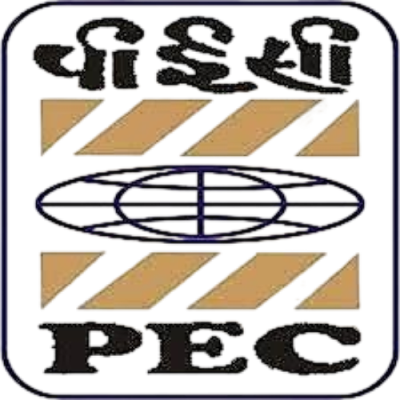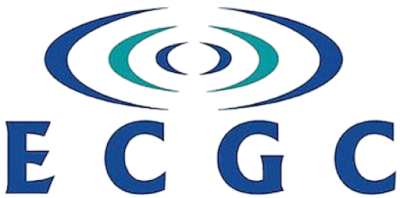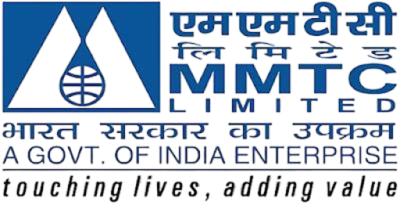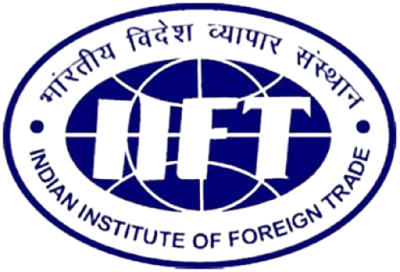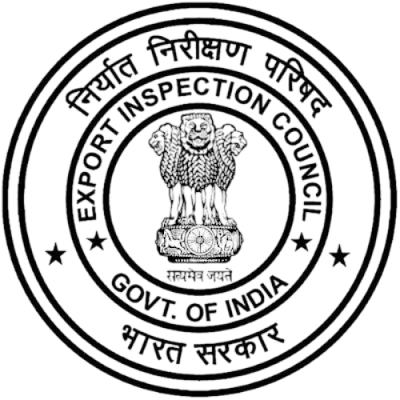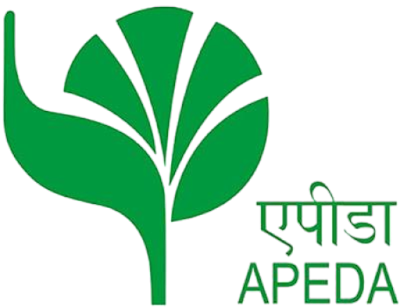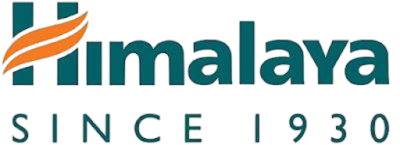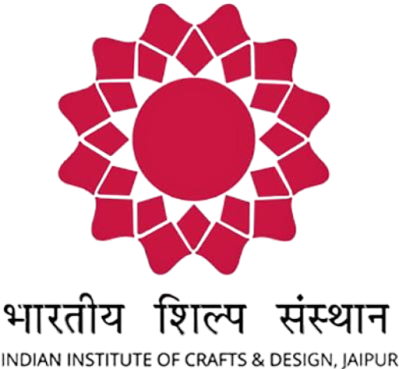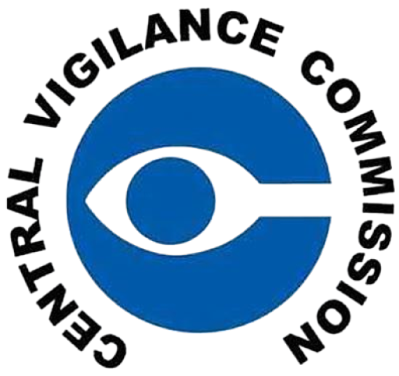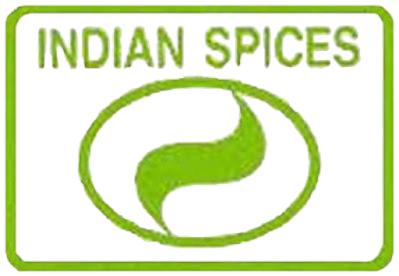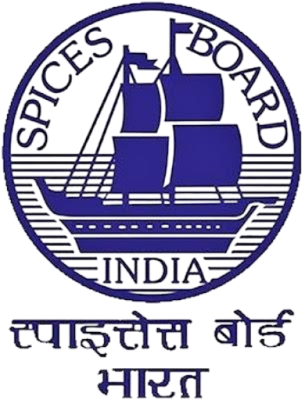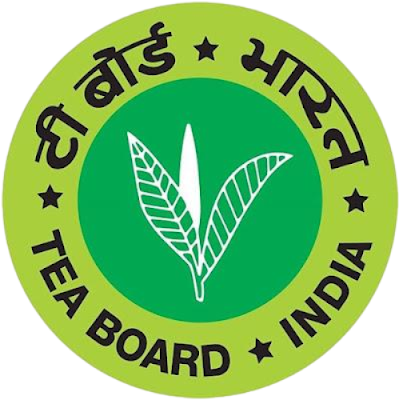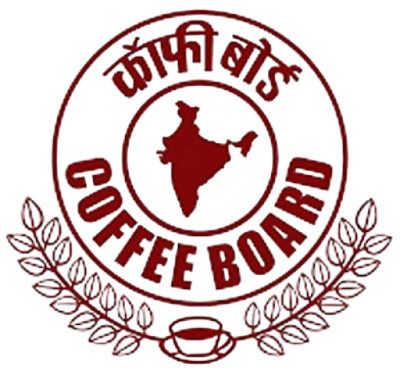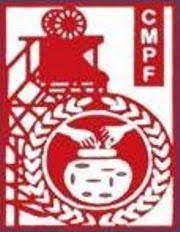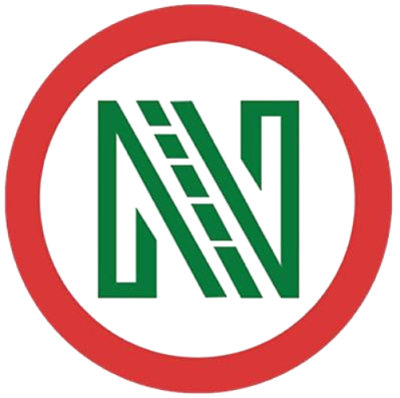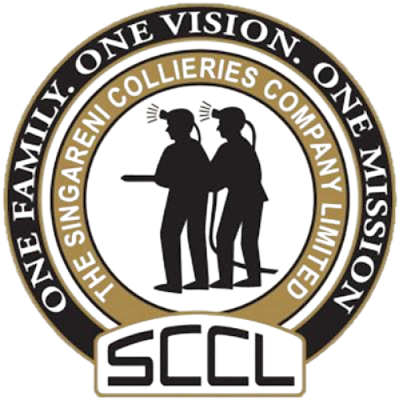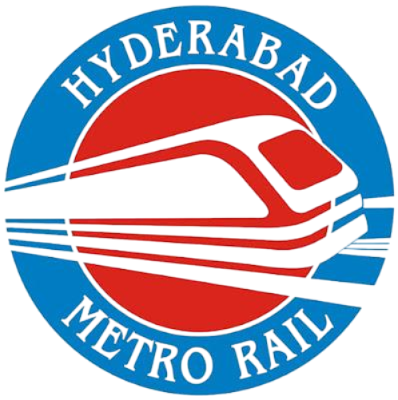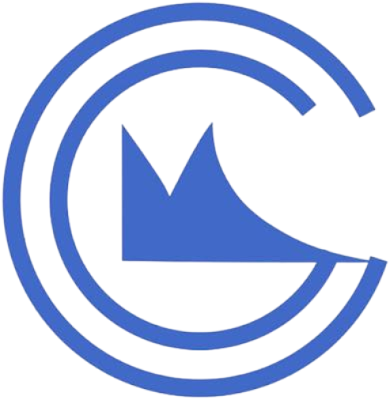INDIA TRADE PROMOTION ORGANISATION

INDIA TRADE PROMOTION ORGANISATION India Trade Promotion Organization (ITPO) has been formed by merging erstwhile Trade Development Authority (TDA) with Trade Fair Authority of India (TFAI) with effect from January 1, 1992. India Trade Promotion Organization is the premier trade promotion agency of India and provides a broad spectrum of services to trade and industry so as to promote India’s exports. Its logo has in orange colour has remained unchanged since it was Trade fair Authority of India. The ITPO emblem has been derived from an inscription on a gold coin belonging to the era of the ancient ruler, Samundragupta (circa 330-380 A.D.) symbolising the zenith achieved in external trade. The vertical and horizontal strokes in the symbol represent life and prosperity. The emblem is supported by the acronym of its name in Devanagari and English written in white in orange background.
